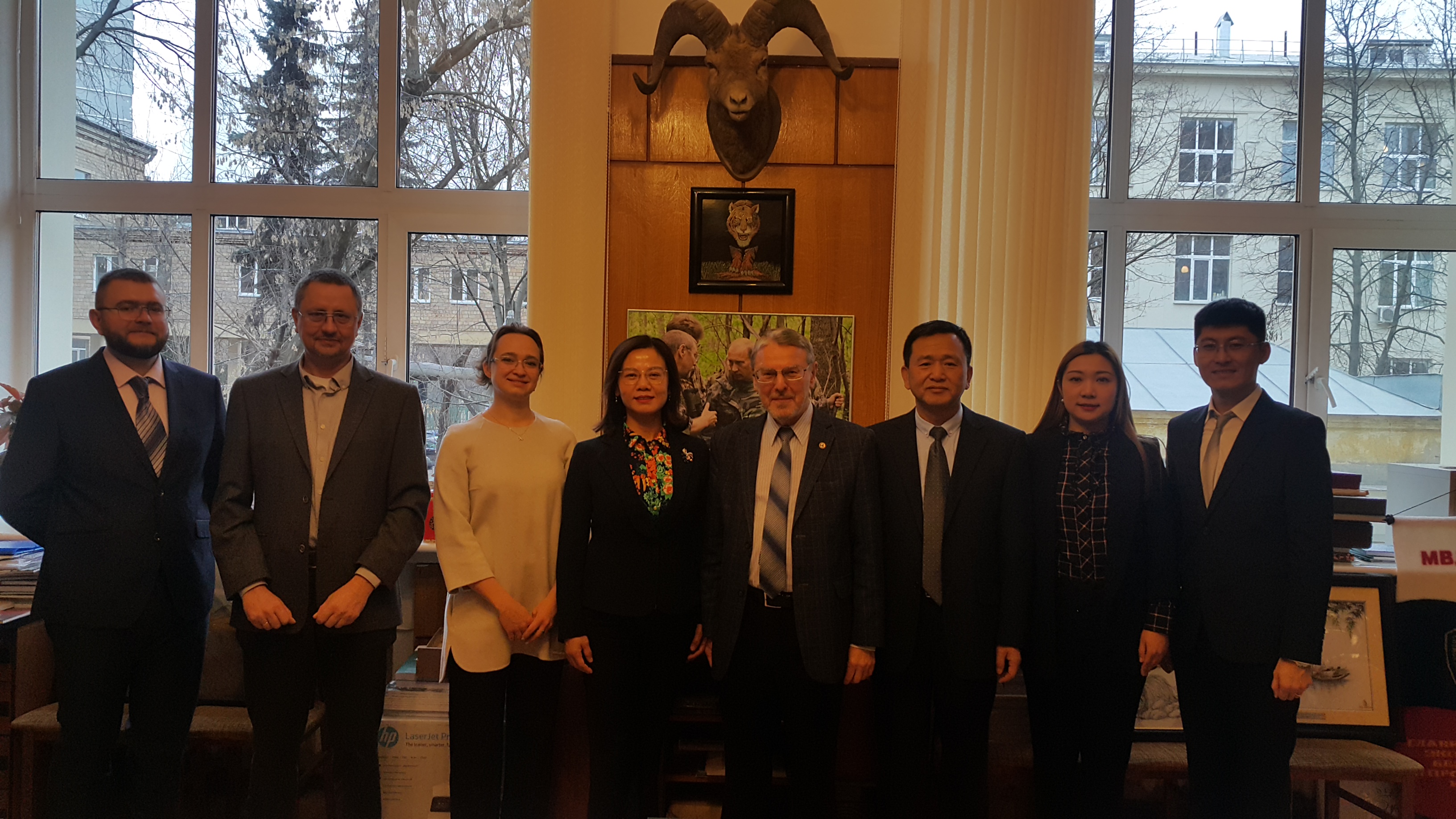
At the end of November 2019, a meeting was held between the vice president of the Academy of Sciences of Heilongjiang Province (PRC) and the executives of the IPEE RAS. During the meeting, they discussed the results of a three-year cooperation on two joint projects of the A.N. Severtsov Institute of Ecology and Evolution RAS and the Institute of Natural Resources and Ecology of the Academy of Sciences of Heilongjiang Province, signing the documents confirming the continuation of joint Russian-Chinese research over the next three years. Based on the results of cooperation of past years, plans for further work have been developed.
In the course of the project of assessing the suitability of habitats in the mountain range of Maly Khingan in Heilongjiang Province for the restoration of the Amur tiger, key nuclear zones were identified in the territory: areas primarily subject to reforestation, the structure of ecological corridors, the territory of which is subject to special protection. The study was conducted on the basis of Earth remote sensing data with field verification for three seasons of field studies. The simulation also took into account the current state of the tiger hunting ground in the study area.
The results of another project were also summed up - a joint work of scientists from the Institute of Problems of Ecology and Evolution of the Russian Academy of Sciences with Chinese colleagues in the Sanjiang lowland, during which the changes in ecosystems that occur with an experimental increase in the concentration of CO2 in the atmosphere were studied. It has been established that, with an increase in CO2 concentration from 370 ppm to 700 ppm, the population density of soil animals significantly increases (more than double the initial concentration), but the structure of the community of soil animals is slightly changed. Similar results were previously demonstrated for the vegetation cover of this territory. The discovered patterns give hope that, despite the global increase in the concentration of CO2 in the Earth’s atmosphere, ecosystems will not respond with qualitative, but with quantitative changes, the consequences of which will not have any significant effect on humanity. In the course of further joint work, plans have been made to study the effect of increasing atmospheric CO2 concentration on the population of soil animals of forest ecosystems.
In addition, the expansion of scientific cooperation and the increase in areas of joint work were discussed. In particular, the study of the mechanisms of restoration of soil fauna after fires and the development of biological methods for the disposal of rice waste.
